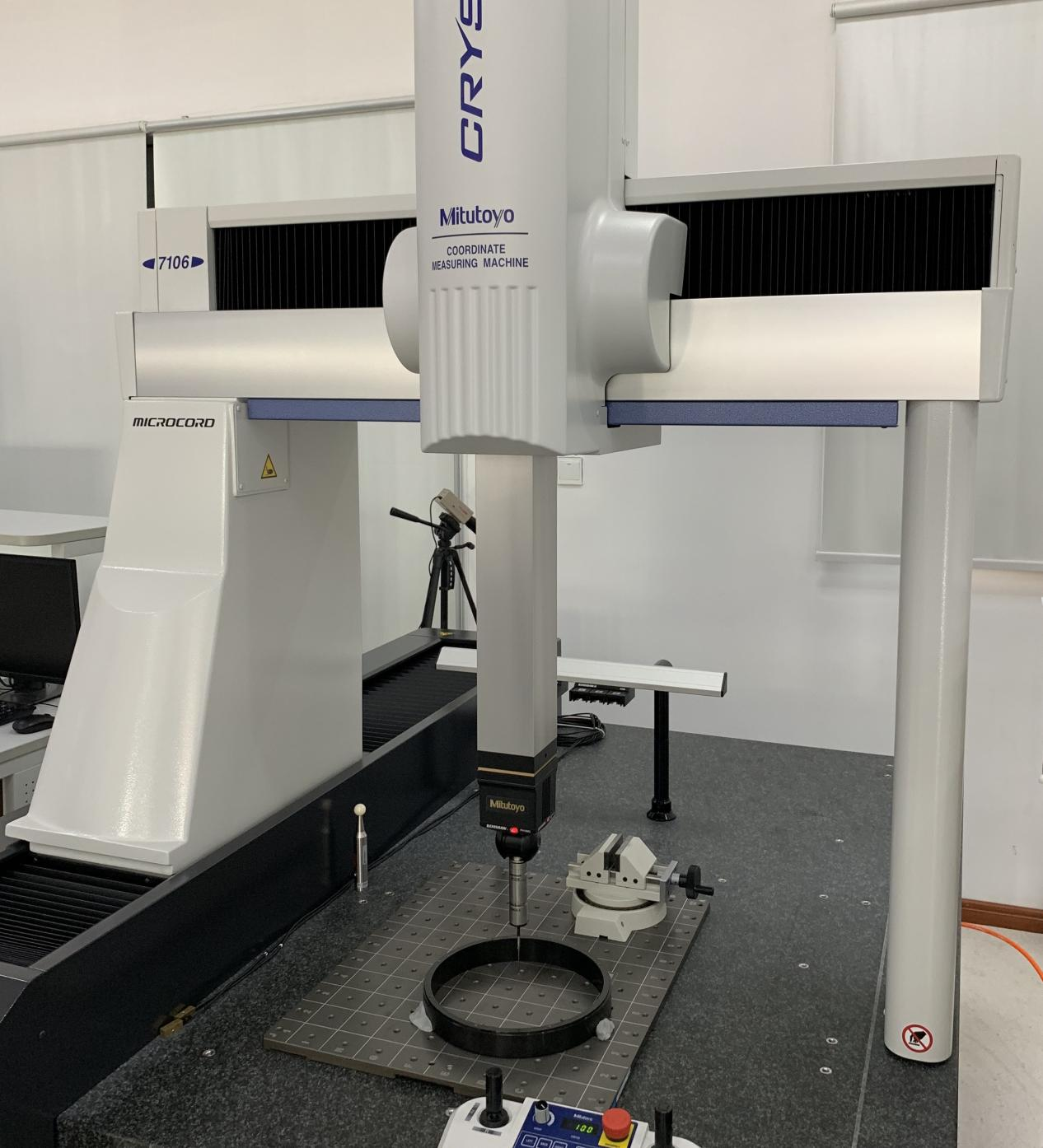Ningbo Yinzhou Gain Machinry Co.,ltd as a supplier of precision machining part, clearly know how to control and evaluate the quality of machining parts. Because quality control and evaluate are crucial to a enterprise. Here are several ways to assess the quality:
- Dimensional Accuracy
Measure the dimensions of the part using precision measuring tools such as calipers, micrometers, and coordinate measuring machines (CMMs). Compare the measured values to the design specifications to determine if the part is within the allowed tolerances. For example, in the production of a mechanical shaft, the diameter and length must be within a very narrow range to ensure proper fit and function.
Any deviation from the specified dimensions can lead to problems in assembly or performance.
- Surface Finish
Examine the surface of the part for smoothness, roughness, and defects. Use surface roughness testers to quantify the surface texture. A good surface finish is important for reducing friction, improving wear resistance, and enhancing the aesthetic appearance of the part. For instance, in the manufacturing of a precision instrument housing, a smooth surface finish is essential to prevent dust and debris from accumulating and affecting the instrument’s performance.
Look for signs of scratches, tool marks, burrs, and other imperfections that can affect the functionality and durability of the part.
- Material Properties
Verify that the material used for the part meets the required specifications in terms of hardness, strength, ductility, and other mechanical properties. Conduct material tests such as hardness testing, tensile testing, and metallurgical analysis. For example, in the production of a structural component, the material must have sufficient strength and toughness to withstand the expected loads.
Ensure that the material is free from defects such as cracks, inclusions, and porosity that can weaken the part.
- Geometric Tolerances
Check the part for geometric tolerances such as flatness, parallelism, perpendicularity, and concentricity. These tolerances ensure that the part will fit and function properly with other components. For instance, in the assembly of an engine, the piston and cylinder must have tight tolerances for proper sealing and efficient operation.
Use specialized measuring tools and fixtures to measure and verify geometric tolerances.
- Functional Testing
Perform functional tests on the part to ensure it meets the intended purpose. This may involve testing for fit, clearance, movement, and performance. For example, in the production of a valve, the valve must open and close smoothly and seal properly to prevent leaks.
Use simulated operating conditions or actual end-use environments to test the part’s functionality.
- Documentation and Traceability
Review the documentation provided with the part, including inspection reports, material certificates, and process records. Ensure that there is traceability throughout the manufacturing process to identify any potential issues or sources of defects.
Documentation also provides evidence of quality control and compliance with standards.
By evaluating machining parts using these methods, you can ensure that they meet the required quality standards and perform reliably in their intended applications.
Ningbo Yinzhou Gain Machinery Co.,ltd strictly control and evaluate the quality for each project, have confidence that all parts in customers’ area are qualified.

